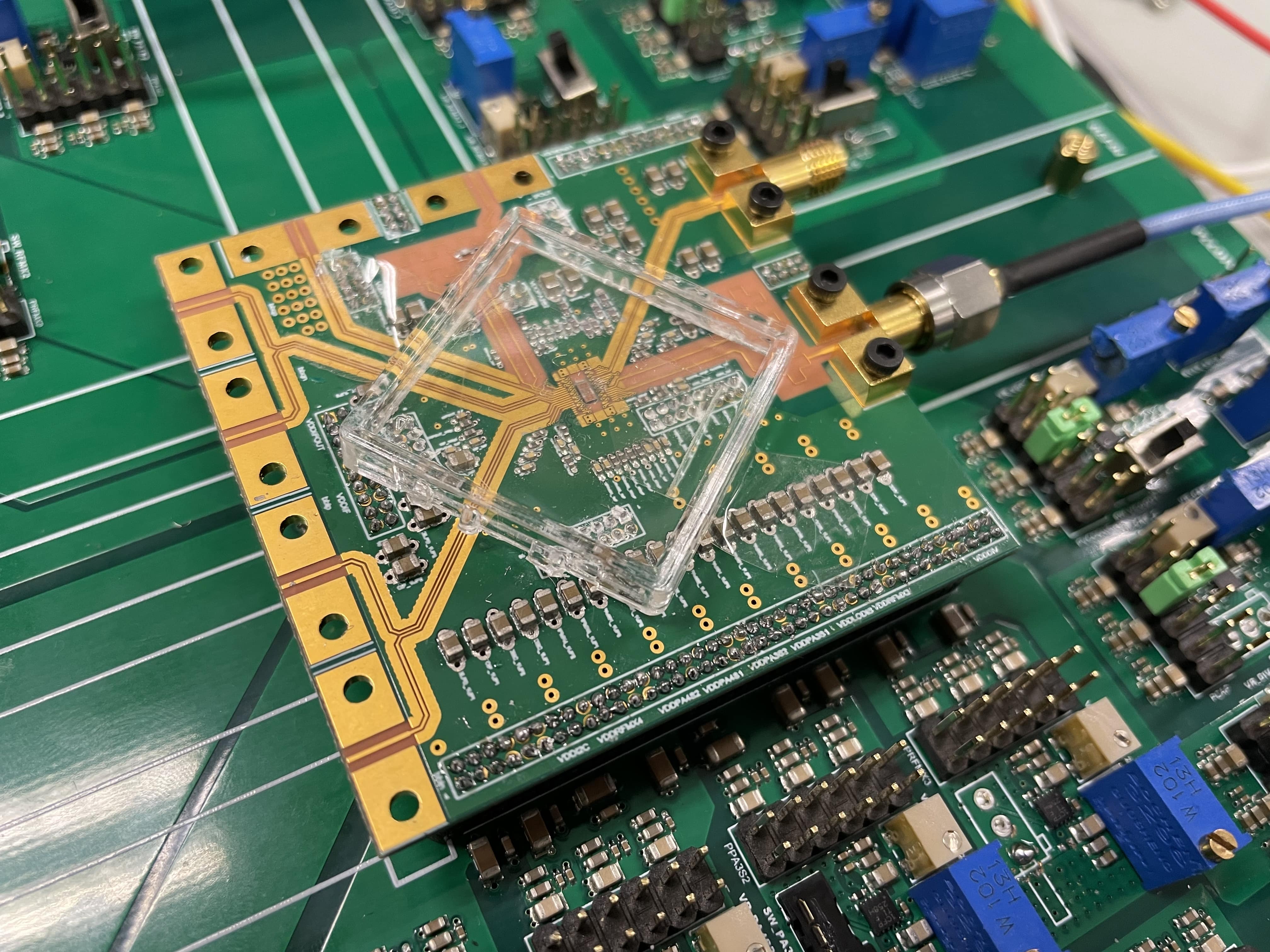Microelectronics

Sponsored by

Sponsored by

The age of explosive technological advancements is partly characterized by the continuous downsizing of our electronic possessions, be they computers, smartphones, tablets or even vehicles. Such electronic appliances are becoming more compact and lightweight, thanks to the continuous evolution of microelectronic components and technology.
At HKUST, microelectronics has a prominent position in our research repertoire. Our studies have been laying a solid foundation for bringing small-scale gadgets to the next level — reducing their sizes without compromising their superb functionalities, while increasing their speed and offering customized solutions that meet industry needs. With a vision to contribute to the sustainability of our planet, we are also dedicated to exploring ever more energy-efficient chips with a plethora of applications.
Asia’s first transnational R&D consortium on AI chip design
To help put Hong Kong on the global map of AI chip and hardware design and to nurture much-needed talent, HKUST has established the AI Chip Center for Emerging Smart Systems (ACCESS) with an initial funding of HK$443.9 million (about US$56.54) from InnoHK, a major initiative of the Hong Kong government to develop the city as a hub for global research. The center is wholly owned by HKUST, in collaboration on research with The Chinese University of Hong Kong (CUHK), Stanford University (Stanford), The University of Hong Kong (HKU), École Polytechnique Fédérale de Lausanne (EPFL) and University of Notre Dame. .
Within five years, ACCESS research will lead to AI chips that are at least 1000 times faster and more energy efficient than conventional hardware. Even more excitingly, it will result in a methodology shortens the design cycle to better meet the time-to-market requirements.
With Prof. Tim CHENG, HKUST’s Vice-President for Research and Development, as the founding Center Director, and a team of world-leading interdisciplinary experts, ACCESS has conducted a number of projects in the fields of applied hardware joint design, computing-in-memory, as well as smart sensors and AI-IoT. Their research will offer customized chip design and software-hardware co-design solutions for tech startups and smaller companies, which are crucial resources for their growth.
Shoring up semiconductor capabilities
Prof. Johnny SIN, an academic-entrepreneur from the Department of Electronic and Computer Engineering, saw an opportunity to help China realize its goal of becoming self-sufficient in semiconductors back in 2016.
He founded JSAB Technologies, a tech company specializing in the research and development, design, and sales of power semiconductor components. By March 2022, it had obtained a Series B financing of over RMB$180 million (about US$30 million).
The company produces and offers three types of highly sought-after power semiconductor parts, including Metal-Oxide-Semiconductor Field Effect Transistor (MOSFET), Insulated-Gate Bipolar Transistor (IGBT), and silicon carbide (SiC) devices, with each available in different voltage and specifications to serve the needs of a wide range of applications. They are applied in high-speed trains, electric vehicles, renewable energy, industrial control, 5G base stations, green household appliances, and consumer electronics, among others.
![]()
A chip-to-package bonding machine operating in the module factory in JSAB, Ningbo
Designing chips for next-gen connectivity
Prof. Patrick YUE’s research team designs high-performance optical communication transceiver chips, which modulate light through optical fibers, instead of electrical signals, to transfer information. These advanced chips, capable of reducing circuit power consumption and increasing data transfer speed for next-generation connectivity, are needed in 5G network infrastructure and data centers.
Their study was among the first batch of projects launched by Hong Kong universities that secured cross-border research grants for scientific collaboration in the Greater Bay Area under a national initiative implemented since 2019, with a grant of 3.17 million yuan (about US$465,000) from the Guangdong Provincial Science and Technology Department. It is conducted in collaboration with the South China University of Technology, and the Southern University of Science and Technology.

The optical communication transceiver chips developed at HKUST